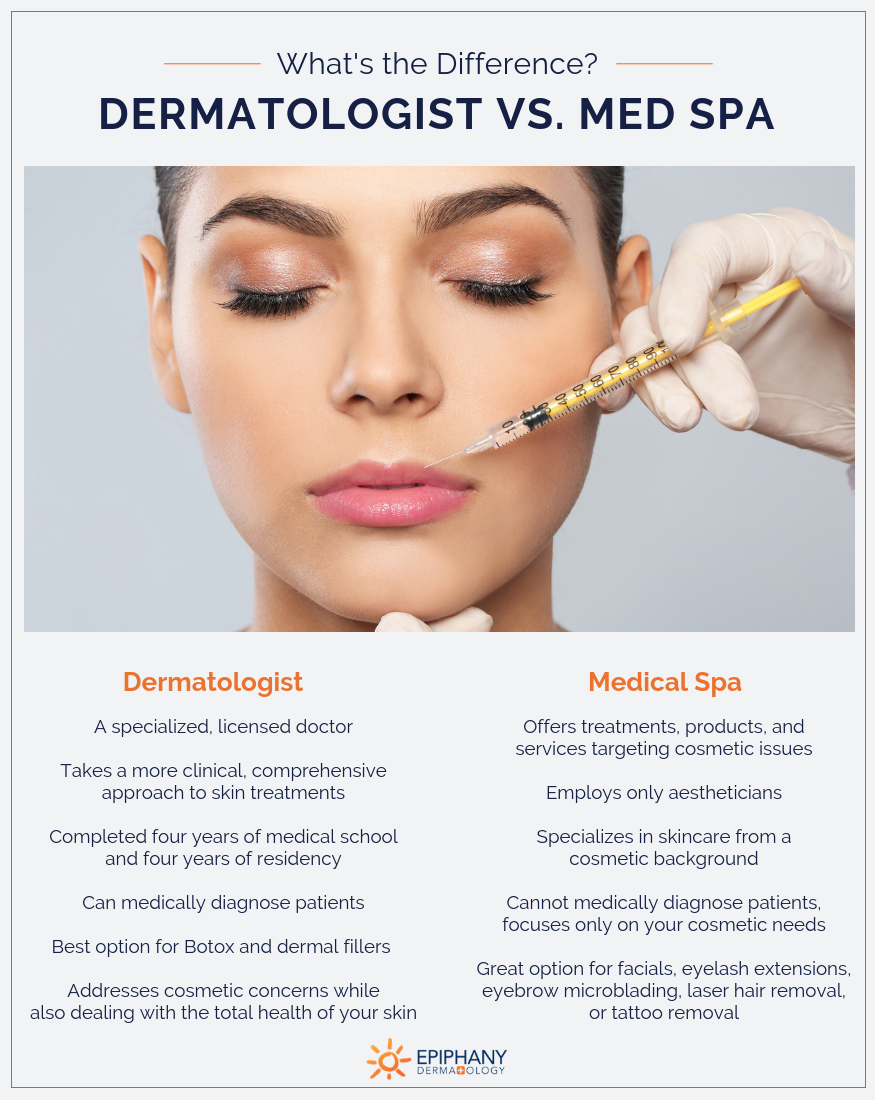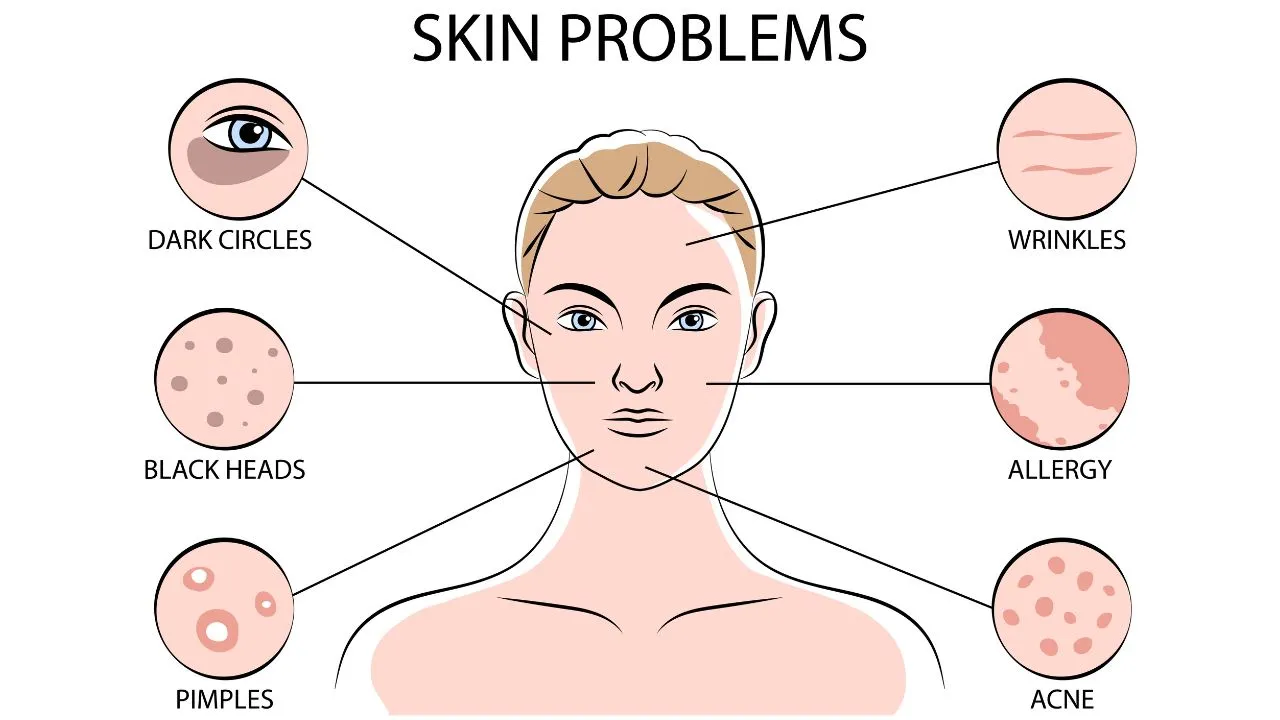Comprehensive Overview to Dermatology: Recognizing Acne, Mole Care, and Eczema Therapy
In the large world of dermatology, three problems usually stick out: acne, mole care, and eczema. Each is worthy of a thorough understanding, as they not only impact the skin's wellness but likewise a person's self-esteem. Introducing the intricacies of these skin disease-- their causes, symptoms, and treatment options-- can empower any person to make sensible selections towards keeping optimum skin health and wellness. Hold on, as what adheres to could well be the skin care knowledge you have actually been waiting on.
Recognizing the Skin: An Introduction
Our skin, a complex and multifaceted body organ, serves as the body's key protection against ecological aspects. acne treatment. It shields us from harmful ultraviolet rays, virus, and hazardous materials, ensuring our internal systems remain uninjured. Making up three layers - the epidermis, dermis, and hypodermis - it plays a critical role in maintaining body temperature, keeping fat, and providing touch sensitivity
The epidermis, the outer layer, contains melanocytes that produce melanin, adding to skin shade and protecting against UV radiation. The dermis, the center layer, homes sweat glands, hair follicles, and nerves. The innermost layer, the hypodermis, is composed of fat and connective cells. Recognizing the skin's structure is vital to comprehending exactly how it reacts to various problems, consisting of skin-related problems.
Comprehending the Causes and Effects of Acne
As we navigate deeper right into the world of dermatology, it ends up being vital to comprehend particular skin problem, starting with acne. Acne is an inflammatory skin condition that primarily influences adolescents, but can occur at any type of age. Sources of acne are diverse, involving raised oil production, bacterial proliferation, swelling, and uneven losing of dead skin cells. The process starts with the overflow of sebum, an oily compound that clogs the pores, creating an excellent setting for microorganisms to prosper. This brings about the inflammation accountable for red, puffy bumps on the skin. Acne signs can range from light to severe, providing as whiteheads, blackheads, papules, pustules, nodules, and cysts. Recognizing the reasons and signs and symptoms of acne lays the structure for efficient treatment.

Effective Acne Treatment Alternatives
A myriad of efficient acne therapies exist, each targeting different facets of the condition's pathology. Topical therapies, like benzoyl peroxide or salicylic acid, job by lowering inflammation and unclogging pores. Prescription antibiotics can be utilized to deal with the bacteria that exacerbate acne. In extreme cases, retinoids or hormone therapies could be prescribed to control skin cell turn over and balance sebum manufacturing. Oral contraceptives have additionally confirmed efficient for some women struggling with acne. Additionally, way of living modifications such as a balanced diet, regular workout, and proper health methods can substantially improve acne signs. It is very important to consult with a skin doctor to identify one of the most ideal therapy strategy, as everyone's skin reacts in different ways.
A Deep Dive Into Mole Care

Changing focus to moles, there is much to consider concerning their formation, identification, and removal. The details of why and exactly how moles create on the skin can offer enlightening insights. Similarly crucial are the strategies for identifying different kinds of moles and the efficient treatments for their removal.
Understanding Mole Development
Although mole formation is an usual incident, numerous remain unaware of the process behind it. Moles, medically referred to as melanocytic nevi, are clusters of pigmented cells that typically look like tiny, dark spots on the skin. They can establish anywhere on the body, usually during youth and adolescence, and may transform in look or vanish gradually. Formation is primarily influenced by hereditary variables and exposure to sunshine. An individual's hereditary tendency determines the number and sort of moles, while sunlight direct exposure, specifically during early years, forms the complete count. Despite being benign for the most part, some moles can progress into skin cancer, underscoring the importance of comprehending mole formation and its implications.

Mole Identification Techniques
Navigating the landscape of mole recognition methods is necessary in keeping skin health. The approach most often utilized by dermatologists is the ABCDE guideline. It stands for Asymmetry, Boundary abnormality, Shade variation, Size, and Advancement. Crookedness official site indicates that half of the mole does not match the various other. Uneven, scalloped or inadequately specified borders may show a bothersome mole. A lot of benign moles are a solitary color, while diverse tones of brownish or black are a worry. Moles bigger than 6mm, the size of a pencil eraser, should be evaluated. Moles that progress in size, shape, or shade warrant attention. Understanding these techniques can help in early detection of skin irregularities.
Reliable Mole Removal Procedures
After recognizing a mole that might be of concern using the ABCDE regulation, one might wonder about the following actions to take. There are numerous reliable treatments for mole removal, including surgical excision, where the mole is reduced out, and surgical cut, which is typically utilized for smaller moles. Laser elimination is an additional option, though it's less generally used due to its inability to get to much deeper layers of skin.
Dermatitis: A Closer Check Out Reasons and Symptoms
Dermatitis, an usual yet complex skin condition, greatly affects the lives of many. It's characterized by completely dry, scratchy, and inflamed skin, which usually leads to awkward and consistent irritation. Signs can vary considerably from person to person, yet frequently consist of completely dry, delicate skin, red and swollen areas, intense irritation, and in serious cases, crusty scales or sores.
Browsing Through Eczema Treatment Options
Eczema, with its myriad types and signs, presents a facility difficulty for both patients and dermatologists alike. The variety of therapies available can appear frustrating, making it difficult to pick the most effective option. This section will certainly assist readers through the process, lighting up the different methods utilized to treat dermatitis.
Recognizing Eczema Kind
While different skin problems might seem comparable, it is vital to recognize that each has special attributes and therapy methods. Dermatitis, a term usually made use of to explain atopic dermatitis, is not a single condition but rather a group of skin conditions that create swelling and irritation. There are a number of types of dermatitis, including atopic dermatitis, contact dermatitis, dyshidrotic dermatitis, nummular dermatitis, and seborrheic dermatitis.
Discovering Therapy Techniques
Although dermatitis can be a persistent and unpleasant problem, a broad range of treatment options exist to help manage its signs and symptoms and enhance high quality of life. Topical therapies are creams or ointments used directly to the skin to lower inflammation and itchiness. see page Phototherapy involves exposing the skin to ultraviolet light, which can help lower swelling and enhance the skin's health.
Verdict
Finally, understanding the reasons, symptoms and treatment alternatives for typical skin problem like acne, moles and dermatitis is critical - mole removal. Acne treatment includes tailored treatments, while mole care needs routine self-checks for early discovery. Eczema administration stresses personal methods, including moisturization and trigger evasion. This thorough visite site overview to dermatology encourages people to preserve healthy and balanced skin via notified decisions and expert recommendations.